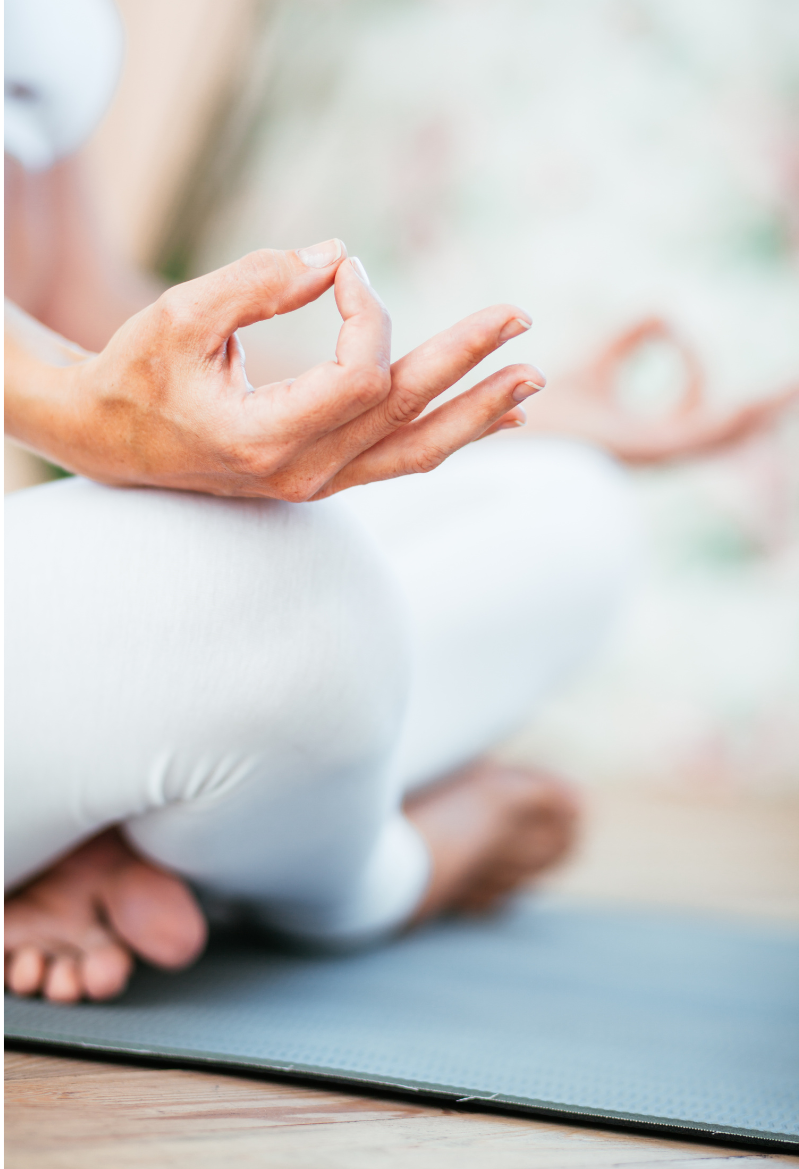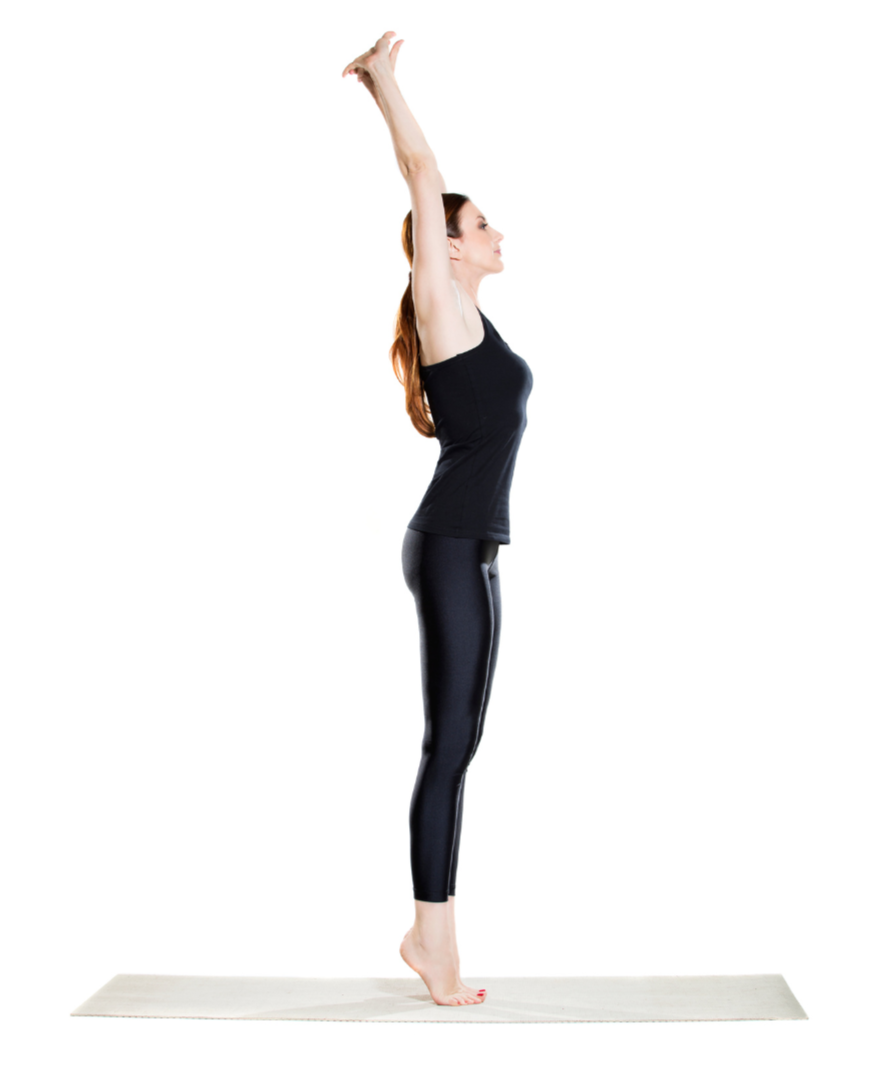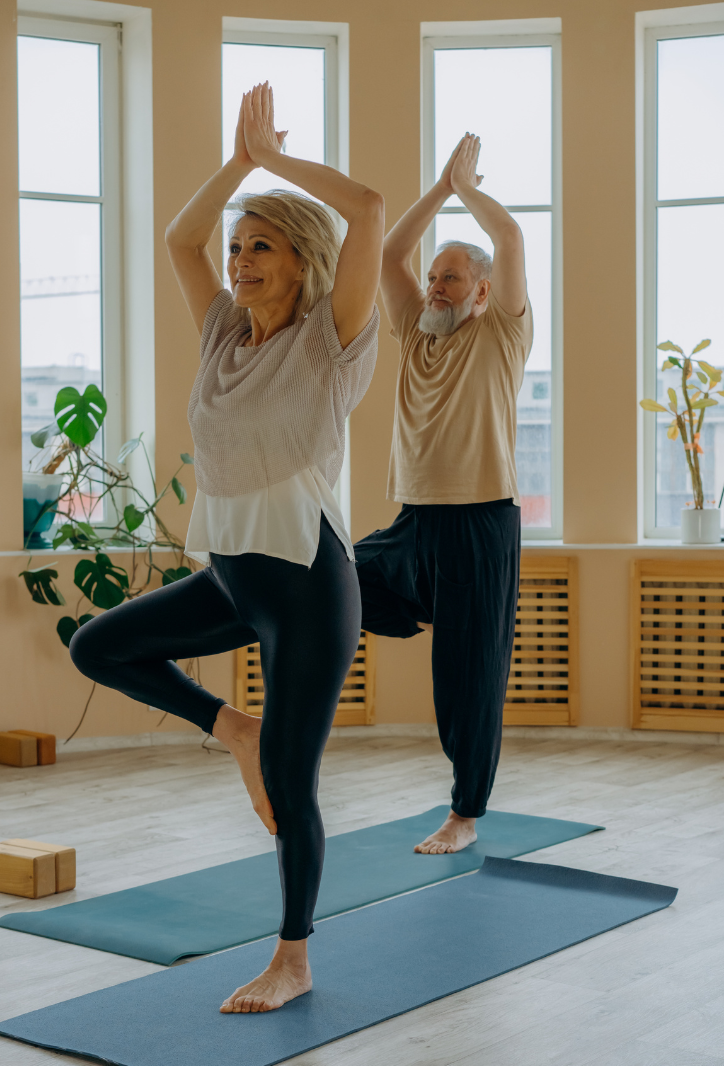Integrating Yoga with Physiotherapy
- Anuj Tiwari

- Feb 17
- 2 min read
Yoga and physiotherapy complement each other by improving physical function and reducing pain through enhanced body awareness, posture, alignment, balance, strength, flexibility, and range of motion. The connection between physiotherapy and yoga emphasizes the importance of an integrative approach to health and wellness.

Yoga and physiotherapy interventions can effectively manage various health conditions, including chronic pain, musculoskeletal disorders, and mental health concerns.
Relationship Between Physiotherapy and Yoga:
Physiotherapy has its roots in yoga. The fundamental starting positions used in physiotherapy for therapeutic exercises closely resemble the postures, or asanas, practiced in yoga.
Examples of Yoga Asanas in Physiotherapy:

Tadasana:
Improves posture, lengthens the leg muscles, and enhances concentration. It corresponds to the standing position.
Shavasana:
Induces deep relaxation, aids in tissue and cell repair, and helps reduce stress, anxiety, high blood pressure, and insomnia. It corresponds to the supine lying position.

Bhujangasana:
Similar to a hyperextension stretch of the spine; it opens the shoulders and neck, tones the abdomen, strengthens the back and shoulders, and improves flexibility in the upper and middle back.

Paschimottanasana:
A spinal flexion stretch combined with a hamstring stretch; it stretches the lower back, hamstrings, and hips while massaging and toning the abdominal and pelvic organs.

Pawanmuktasana:
Similar to a low back stretch or knee-to-chest position; it strengthens the back and abdominal muscles, tones the legs and arms, improves digestion, enhances blood circulation in the hip joints, and relieves lower back tension.

Vrikshasana:
A whole-body stretch that improves balance, stretches the legs and back, and opens the hips.

Gomukhasana:
Similar to shoulder stretches; it helps relieve sciatica, loosens stiff shoulders, elongates the spine, corrects poor posture, and strengthens the back, ankles, hips, thighs, shoulders, triceps, and chest.

Naukasana:
Stretches the spine and legs in hyperextension while strengthening the back, abdominal muscles, and limbs.

Pranayama and Other Kriyas:
Can be incorporated into chest therapy. Modified asana postures can be effective in managing common musculoskeletal disorders.
Benefits of Integrating Yoga with Physiotherapy
• Enhanced flexibility and mobility
• Improved pain management and reduced inflammation
• Increased core strength and stability
• Improved mental well-being
Physiotherapy Techniques That Can Be Integrated with Yoga
• Breathing techniques
• Postural correction
• Strengthening exercises
• Relaxation techniques
Tips for Integrating Yoga with Physiotherapy
• Consult with a healthcare professional
• Focus on proper alignment
• Listen to your body
• Seek guidance from a yoga therapist
“Your journey to health and wellness begins with building a lifestyle that supports it. Develop healthy habits and make them a part of your daily routine.”
Physiotherapy originates from yoga. The basic initial positions employed in physiotherapy for therapeutic exercises are very similar to the postures, or asanas, found in yoga.



Highly recommend this physiotherapist! Their professional approach and personalized treatment plans are truly effective. They take the time to understand each patient's needs and explain everything clearly. Whether you’re recovering from an injury or looking to improve mobility, this clinic provides top-notch care and support. Thank you for helping so many feel better and get back to their best!"
Various studies showed that yoga and physiotherapy interventions could effectively manage various health conditions, such as chronic pain, musculoskeletal conditions, and mental health issues, couldn’t agree more. Very nice write up! Thank you!